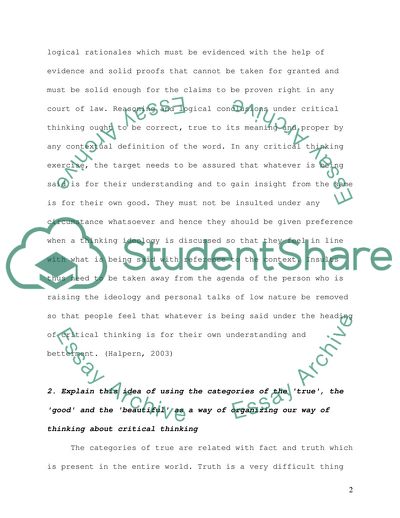Cite this document
(Critical Thinking Assignment Example | Topics and Well Written Essays - 1500 words, n.d.)
Critical Thinking Assignment Example | Topics and Well Written Essays - 1500 words. https://studentshare.org/philosophy/1716228-philosophycritical-thinking
Critical Thinking Assignment Example | Topics and Well Written Essays - 1500 words. https://studentshare.org/philosophy/1716228-philosophycritical-thinking
(Critical Thinking Assignment Example | Topics and Well Written Essays - 1500 Words)
Critical Thinking Assignment Example | Topics and Well Written Essays - 1500 Words. https://studentshare.org/philosophy/1716228-philosophycritical-thinking.
Critical Thinking Assignment Example | Topics and Well Written Essays - 1500 Words. https://studentshare.org/philosophy/1716228-philosophycritical-thinking.
“Critical Thinking Assignment Example | Topics and Well Written Essays - 1500 Words”. https://studentshare.org/philosophy/1716228-philosophycritical-thinking.


